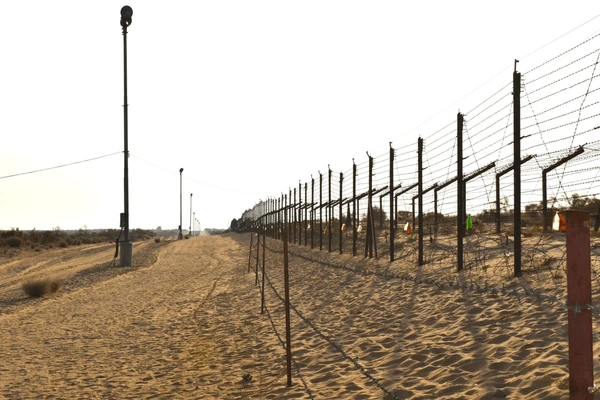MHA Deploy Latest Technology Along India-Pak Border Amid Rising Terrorist Encounters
Related Articles
राष्ट्रपति पुरस्कार सम्मानित श्रवण सिंह-ऑपरेशन सिंदूर में अदम्य साहस दिखानेवाला नन्हा वीर!
श्रवण सिंह को प्रधानमंत्री राष्ट्रीय बाल पुरस्कार (Pradhan Mantri Rashtriya Bal Puraskar) 26 दिसंबर 2025 को राष्ट्रपति द्रौपदी मुर्मू द्वारा नई दिल्ली के विज्ञान भवन में एक समारोह के दौरान प्रदान किया...
भीषण सर्दी का कहर: एम्स्टर्डम शिफोल एयरपोर्ट पर 2,500 से ज्यादा उड़ानें रद्द, 3.3 लाख यात्री प्रभावित !
एम्स्टर्डम शिफोल एयरपोर्ट पर भारी बर्फबारी से कई उड़ानें रद्द, भीड़ से बढ़ी अव्यवस्था के बीच लाखों यात्री फंसे!
बर्फबारी ने बिगाड़ी शिफोल एयरपोर्ट की...
Social media explodes with funny memes after Trump-Maduro standoff goes viral
After the United Nation forced and seized Venezuelan leader Nicolas Maduro, social media is buzzing with a virtual battleground to both diplomatic and military...


